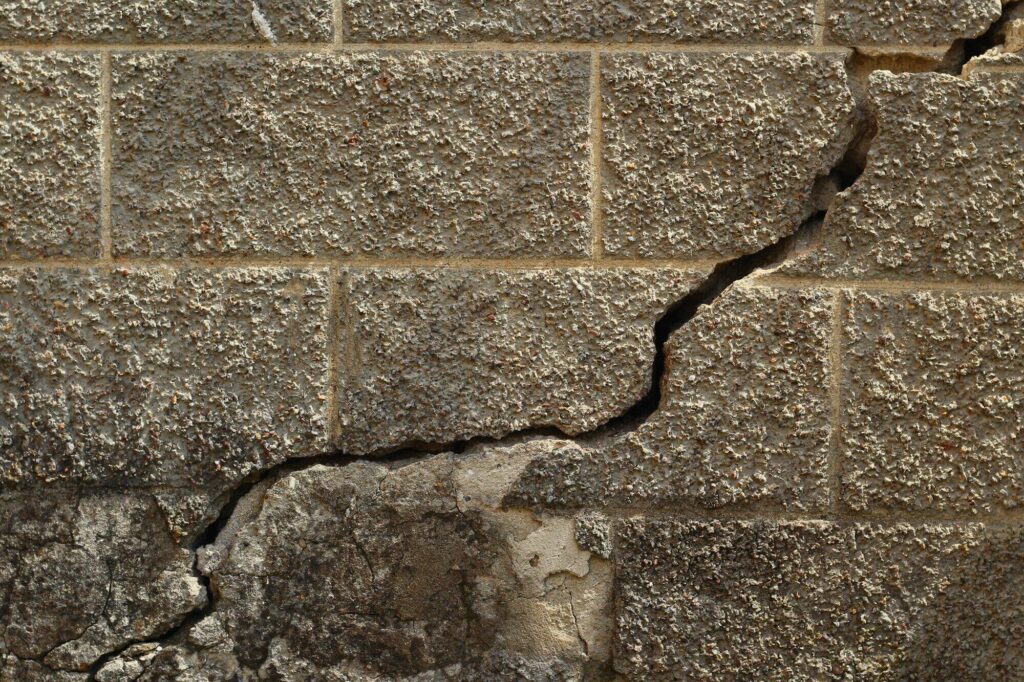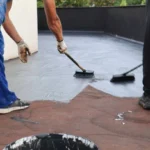Your home should feel strong, steady, and safe. But over time, small changes under the surface can start to show in big ways.
Tiny cracks in the wall. Doors that stick. Floors that feel uneven. These may seem like minor issues, but they often point to a deeper problem-foundation settling.
Foundation issues don’t fix themselves. And the longer you wait, the more costly the repairs can become. Want to understand what’s happening and what you can do about it?
Keep reading to learn how to spot the signs and protect your home before the damage gets worse.
Why Foundations Settle Over Time
The ground beneath your home is always changing. Soil can shift with rain, drought, or even poor drainage.
As that soil moves, it creates gaps or pressure under your foundation. Over time, the weight of your home causes the slab or structure to settle unevenly.
When one part of the foundation drops more than another, cracks start to form. You may notice them around windows, near door frames, or along baseboards. The changes may be slow, but the impact on your home can grow quickly if not addressed.
Some homes are more at risk than others. If you live in an area with heavy clay soil, frequent rain, or poor water runoff, settling can happen faster. Catching the signs early gives you the chance to stop small problems from becoming large ones.
Spotting the Signs Before They Spread
Not all cracks are equal. A small hairline crack in paint may not be a major concern. But if cracks grow wider, run in a stair-step pattern through brick, or appear around corners, they may be signs of foundation movement.
Other warning signs include sloped floors, doors that won’t close properly, or gaps between walls and ceilings. These shifts may seem cosmetic, but they often mean the structure is under stress.
Inside the home, you may also feel a difference underfoot. If the floor feels uneven or bouncy, it could be due to uneven support from below. Outside, check the base of your home for signs of crumbling or sinking in the foundation.
Taking Action the Right Way
Fixing foundation problems isn’t a quick DIY job. It requires an expert’s eye to understand the depth of the issue and choose the best solution. Repairs might involve adding support beams, sealing cracks, or improving drainage around the home.
Some homes may only require minor reinforcement, while others may need more extensive work. Acting early helps keep the solution simple and the cost lower. Homeowners looking for help with foundation crack repair in Norfolk have found that calling in professionals early leads to faster results and better long-term stability.
Knowing when to act and whom to call makes a significant difference when dealing with the importance of your home’s foundation.
A Solid Foundation Starts with Smart Choices
Your home stands on its foundation. When the base is strong, everything above it feels right.
By learning the signs of settling and acting fast, you give your home the strength it needs to last. Don’t wait for cracks to grow-take the first step toward a safer, sturdier future today.
For more on this content, visit the rest of our blog!






